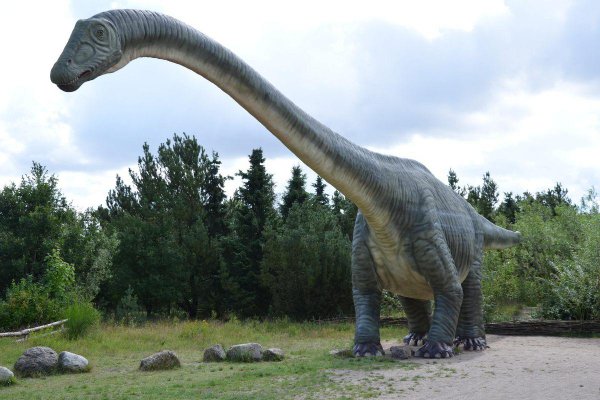Os dinosaurs had a long reign on Earth. It took about 165 million years to dominate all continents on the planet, leaving behind marks that are studied by humans until today. Even if it weren’t for the meteorite that left a huge trail of destruction, it’s possible they would have been alive in modern times.
However, what little is said is that dinosaurs were not the only creatures that roamed the world at that time. Curious to know which species shared the same space with these colossal beings? Check out this list that we’ve put together with five of the most bizarre creatures that lived alongside the dinosaurs!
1. Megazostrodon
(Source: Wikimedia Commons)
200 million years ago, a tiny creature roamed the arid soil of present-day France in the Late Triassic. This animal was called megazostrodon, a transitional form between mammalian cynodonts and true mammals, but which did indeed resemble a mouse or a shrew.
Megazostrodons are seen as super-relevant creatures for understanding mammalian evolution, but their exact place in the family tree of the class remains controversial. Small like that, the favorite diet of these animals were insects that roamed the region.
2. Stenopterygius
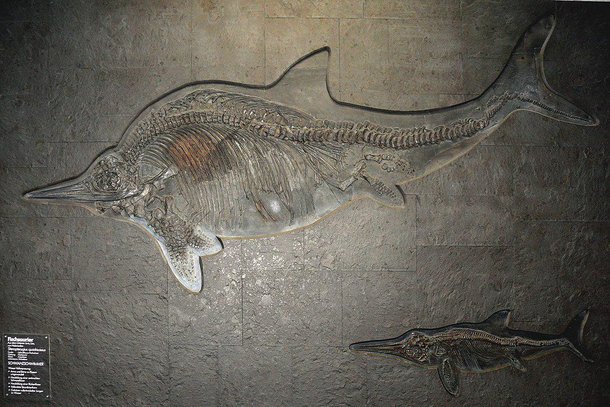 (Source: Wikimedia Commons)
(Source: Wikimedia Commons)
Practically a mix of lizard and fish, ichthyosaurs were a very diverse group of marine reptiles that emerged 250 million years ago. Among them, one that stands out the most is the Stenopterygiusan animal very similar to the dolphin.
While not a warm-blooded creature, these ichthyosaurs were able to regulate their own body temperatures to some degree — something very relevant for a reptile that swam in the depths of the ocean. According to research, ichthyosaurs became extinct 90 million years ago, 25 million years before non-avian dinosaurs.
3. Castorocauda
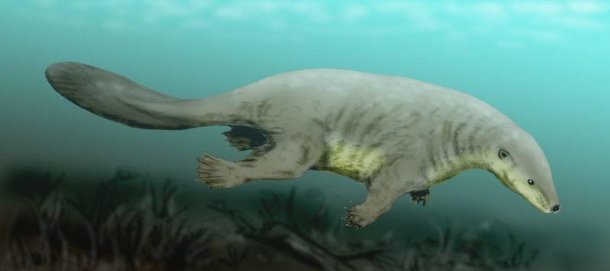 (Source: Wikimedia Commons)
(Source: Wikimedia Commons)
Many of the animals that live on our planet today evolved from ancestors that walked the Earth along with the dinosaurs. O Beavertail like an otter, for example, is proof of how nature seems to repeat some patterns. This was a species that had many of the characteristics of modern beavers, from webbed feet to a flattened tail.
However, the Castorocauda they had a narrow skull and were equipped with needle-sharp teeth—perfect for catching fish. At this point, it could be said that these animals also had a bit of the modern day otter in their DNA. Unlike most modern mammals, however, they likely laid eggs and had a more avian-like lifestyle. platypus.
4. Ancient platypus
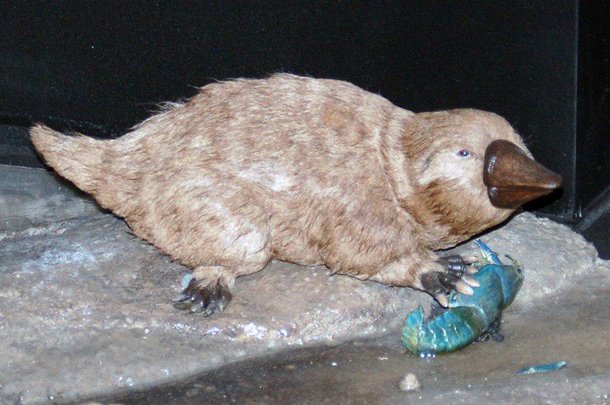 (Source: Wikimedia Commons)
(Source: Wikimedia Commons)
Speaking of platypuses, these bizarre creatures have also shown their charm in the past. However, they weren’t exactly as we know them now. Modern platypuses descend from a very ancient lineage, their oldest relative being known as Teinolophos threat.
Although most fossils of these animals are incomplete, everything suggests that the traits that made the platypus such a unique creature began around 120 million years ago.
5. Primates
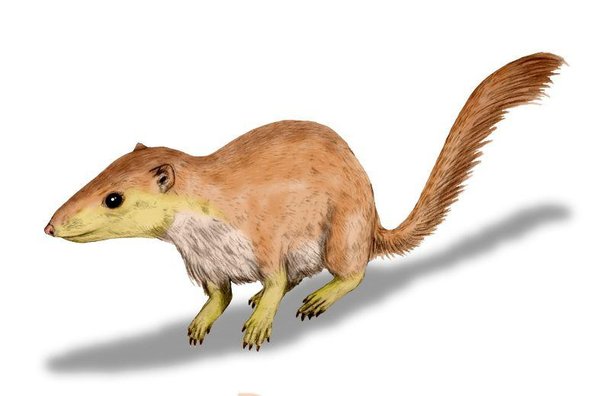 (Source: Wikimedia Commons)
(Source: Wikimedia Commons)
While dinosaurs roamed the Earth, primates They didn’t have much of a dominance role. Soon, it was left to our ancestors to hide in the tops of trees or in holes in the ground. Studies indicate that the Janissa’s Purgatory — one of the first primates or direct predecessors — lived 81 million years ago.
However, this species looked a lot like a squirrel and ferret mix, only with flexible ankle and wrist joints. With the extinction of the dinos, primates gained more space to dominate the land and had more space to evolve, reaching what we know today.
–
